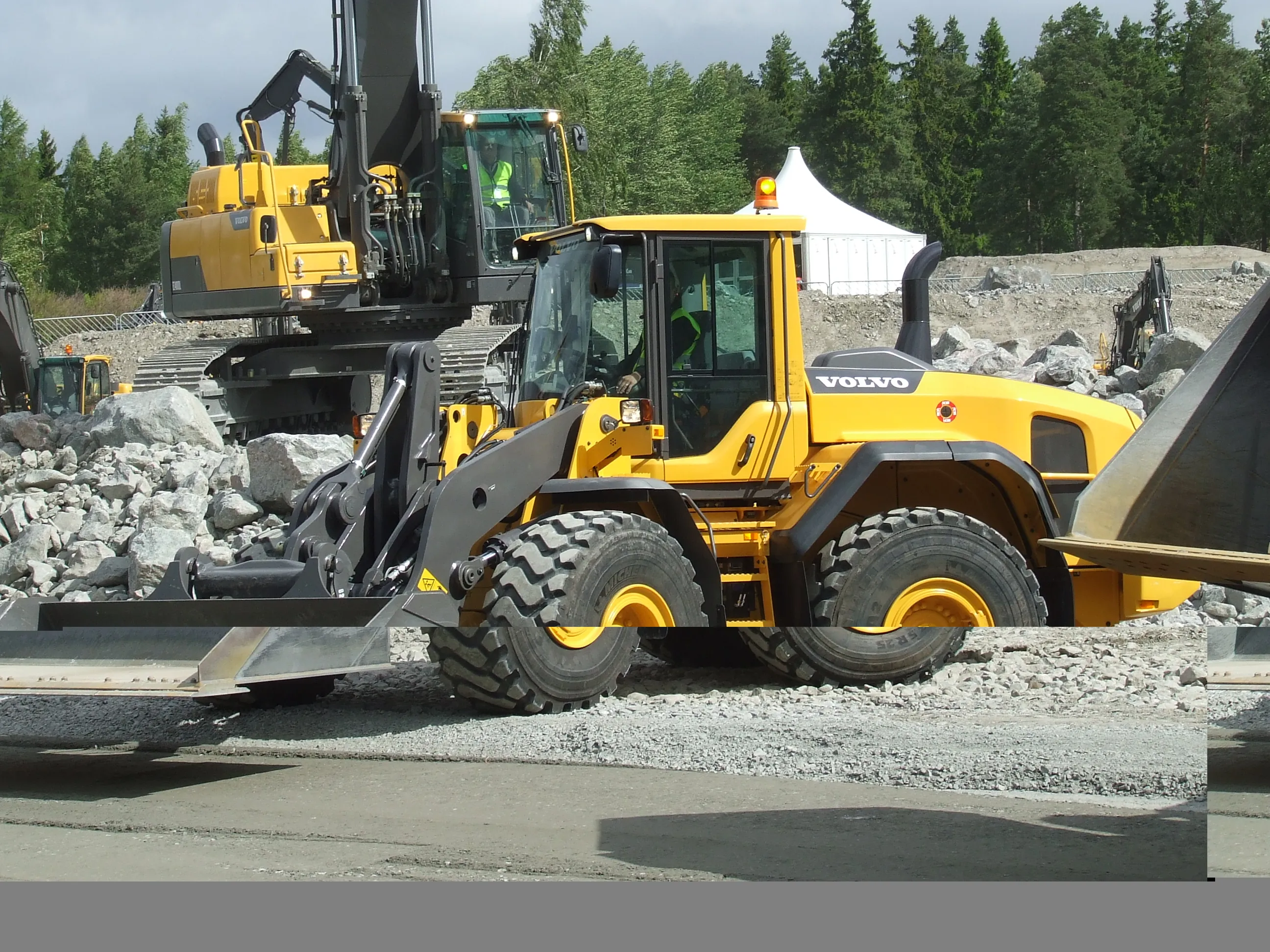Global consumption of asphalt is forecast to rise 4.1% annually from a 2010 base to 119.5million tonnes in 2015, according to a new leading market research firm study. The volume predicted in World Asphalt, a new study from The Freedonia Group based in Cleveland, the United States, is equivalent to 725million barrels of primary asphalt. High petroleum prices combined with economic weakness and declining construction activity is said by Freedonia to have resulted in a significant drop in consumption in
April 23, 2012
Read time: 2 mins
Global consumption of asphalt is forecast to rise 4.1% annually from a 2010 base to 119.5million tonnes in 2015, according to a new leading market research firm study.
The volume predicted in World Asphalt, a new study from The2821 Freedonia Group based in Cleveland, the United States, is equivalent to 725million barrels of primary asphalt.
High petroleum prices combined with economic weakness and declining construction activity is said by Freedonia to have resulted in a significant drop in consumption in many of the world’s most developed asphalt markets over the 2005 to 2010 period. The new study says demand in these markets, including North America, Western Europe and Japan, is expected to improve until 2015.
World Asphalt forecasts sales gains will be most rapid in North America, where the market for asphalt is expected to expand 6.5% per annum to 36.6million tonnes in 2015. The study says demand for asphalt in both paving and roofing applications will be driven by the recovering US economy and increasing construction activity in the country.
The massive infrastructure development programmes in China and India, two of the world’s fastest growing economies, is seen by the Freedonia study to be the key to forecasted strong growth in the Asia/Pacific region. Since 2005, the region has become the largest market for asphalt. China alone will account for nearly one-fifth of global asphalt demand in 2015. Strong growth in asphalt markets in India and a moderate recovery in demand for asphalt in Japan will also contribute to gains, according to the study.
Meanwhile, consumption of asphalt in Western Europe is forecast to increase 1.8% annually until 2015 to over 22million tonnes. The region is tipped by the study to construct new roads at “one of the slowest paces in the world”. Paving asphalt consumed in road repair and maintenance applications is forecast to account for the majority of gains. Western Europe is also predicted to post the slowest growth in the world for asphalt consumed in roofing markets, reflecting the slowest regional growth in building construction spending.
The volume predicted in World Asphalt, a new study from The
High petroleum prices combined with economic weakness and declining construction activity is said by Freedonia to have resulted in a significant drop in consumption in many of the world’s most developed asphalt markets over the 2005 to 2010 period. The new study says demand in these markets, including North America, Western Europe and Japan, is expected to improve until 2015.
World Asphalt forecasts sales gains will be most rapid in North America, where the market for asphalt is expected to expand 6.5% per annum to 36.6million tonnes in 2015. The study says demand for asphalt in both paving and roofing applications will be driven by the recovering US economy and increasing construction activity in the country.
The massive infrastructure development programmes in China and India, two of the world’s fastest growing economies, is seen by the Freedonia study to be the key to forecasted strong growth in the Asia/Pacific region. Since 2005, the region has become the largest market for asphalt. China alone will account for nearly one-fifth of global asphalt demand in 2015. Strong growth in asphalt markets in India and a moderate recovery in demand for asphalt in Japan will also contribute to gains, according to the study.
Meanwhile, consumption of asphalt in Western Europe is forecast to increase 1.8% annually until 2015 to over 22million tonnes. The region is tipped by the study to construct new roads at “one of the slowest paces in the world”. Paving asphalt consumed in road repair and maintenance applications is forecast to account for the majority of gains. Western Europe is also predicted to post the slowest growth in the world for asphalt consumed in roofing markets, reflecting the slowest regional growth in building construction spending.








